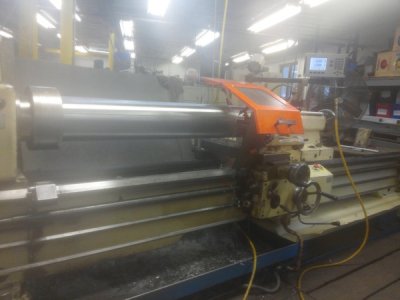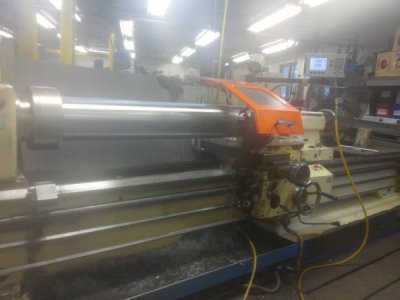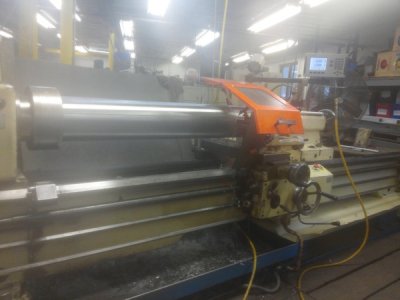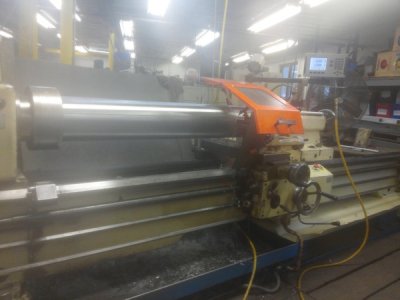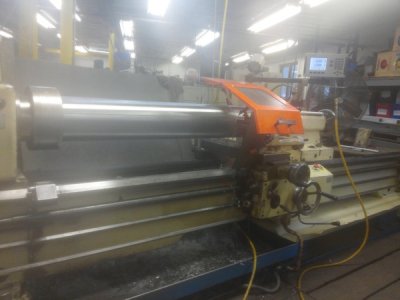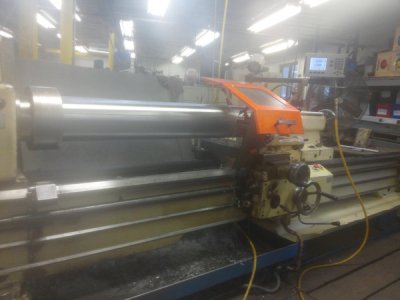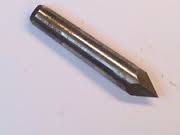How do you calculate the offset for the taper?
Not that complicated, if you're working in taper per foot measure the part length between centres, say 15", divide that by 12" (so 1 & 1/4) and multiply that by the taper per foot THEN HALVE IT as your tool is only cutting half the taper (the other side is away from you on the back of the part) - this will get you close, then if e.g. it's a Morse taper you're cutting, blue the part and try it in the Morse socket to check, adjust the tailstock a fraction of a gnat's wotsit if required as this will be subject to a (small) Cosine error. OR calculate the angle from the taper/ft, halve the angle and offset by the Sine times the length (a bit like how you'd use a Sine bar). Easier to blue and adjust, IMHO!
If you're working from an included angle, multiply the length between centres by the Sine of half the angle, which is effectively converting to taper/ft.
I've found the best way to set the tailstock offset is to first of all *get it centred precisely* then set a dial indicator against the tailstock barrel, adjust as required.
Hope that helps, not confuses!
The other great use for turning between centres, one of my favourite get-me-out-of-troubles, is the between-centres boring bar - the workpiece is held on the carriage (T-slots help!) and a bar between centres carries the cutting tool, ideal for boring oddly-shaped parts (engine cylinders f'rinstance) and guaranteed to give a true cylinder without any bell-mouthing or eccentricity/ovality. A good trick is to put a turned-up centre in the 4-jaw opposite the tailstock, dial indicator on the toolbit, make bore adjustments by tightening/loosening opposite chuck jaws to increase the cutting radius (you can take the BC boring bar out to measure the bore, like turning BC it goes back in *exactly* the same place) - a bit oldschool, but it works!
With a bit of ingenuity you can even set up horizontal milling cutters on a between-centres bar...
Dave H. (the other one)


